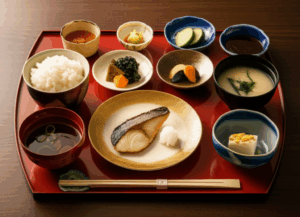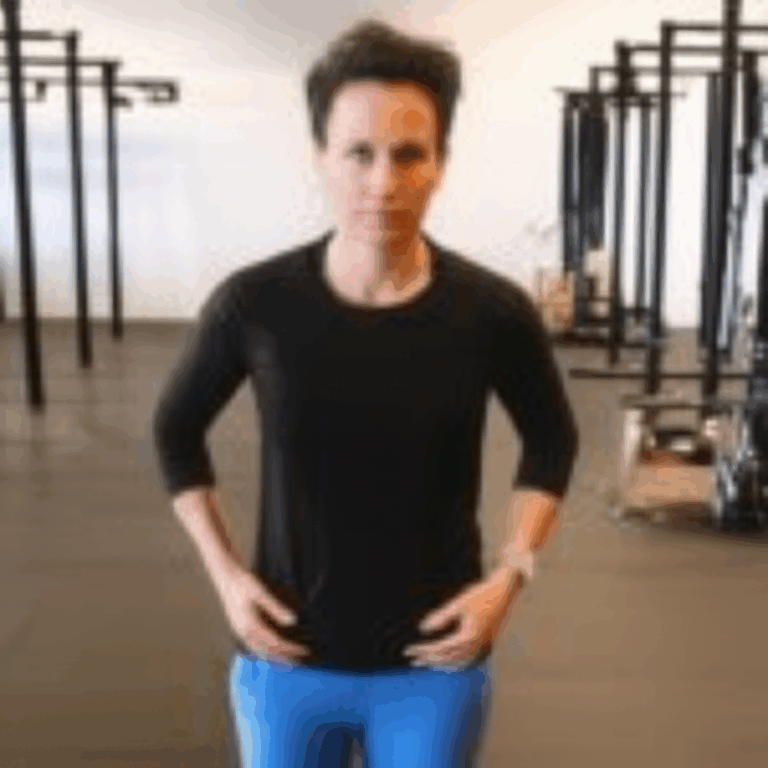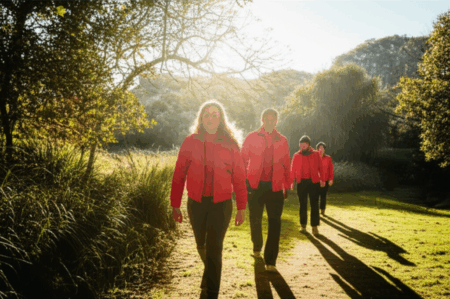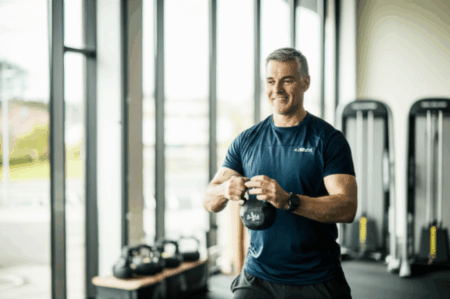The quest for eternal youth might be ancient, but modern science and fitness expertise offer tangible ways to slow down the hands of time, both inside and out. Beyond creams and quick fixes, a holistic approach championed by fitness coaches reveals that true anti-aging power lies in consistent lifestyle choices. By optimizing your physical activity, nutrition, sleep, and stress management, you can not only look younger but feel more vibrant and energetic.
Let’s dive into the science-backed strategies a fitness coach would recommend to help you reclaim your youthful glow and vitality.

The Foundation: Exercise as Your Anti-Aging Elixir
Exercise isn’t just about looking good in the mirror; it’s a profound anti-aging tool that works at a cellular and genetic level, impacting everything from skin elasticity to cognitive function. Integrating a balanced fitness regimen is paramount.
Strength Training: Reverse Aging at a Cellular Level
Often hailed as the “fountain of youth” for your muscles, strength training offers remarkable anti-aging benefits. Research indicates that resistance training can actually reverse the aging process at a genetic level, altering gene expression in older individuals to resemble that of younger adults. This form of exercise is highly effective in combating sarcopenia—the age-related loss of muscle mass and strength—which typically decreases by 3 to 8 percent per decade after age 30.
Beyond muscle, resistance training significantly improves bone density, hormone health, and cognitive function. For your skin, it offers unique advantages by increasing dermal thickness, the deeper skin layer that naturally thins with age, leading to healthier, stronger, and more resilient skin. A study even showed that consistent heavy resistance training can have long-lasting beneficial effects on muscle function in adults at retirement age.
Practical Hacks: Aim for at least two strength training sessions per week, targeting all major muscle groups. This can include bodyweight exercises, dumbbells, resistance bands, or gym machines. Focus on functional strength to maintain independence and perform daily activities with ease.
Cardiovascular Exercise: Powering a Younger Heart and Mind
Aerobic exercise, or cardio, is your heart’s best friend and a powerful component of an anti-aging strategy. Activities like brisk walking, jogging, cycling, swimming, or dancing strengthen your heart, improve circulation, and boost metabolism. Frequent aerobic exercise can make people biologically younger, with studies finding that individuals engaging in high levels of physical activity had longer telomeres (protective caps on chromosomes), making them biologically younger by as much as nine years.
Cardio also plays a critical role in brain health, with regular aerobic exercise increasing brain volume in areas associated with memory and cognition. It helps reduce cellular senescence, a process where old, dysfunctional cells accumulate and contribute to aging.
High-Intensity Interval Training (HIIT) and Zone 2 Cardio:
- HIIT: Short bursts of intense exercise followed by brief recovery periods can reverse age-related changes in muscle cells, boost mitochondrial activity (the powerhouses of your cells), and enhance cellular protein production.
- Zone 2 Cardio: This low-intensity, steady-state cardio, where your heart rate is around 60–70% of your maximum, is crucial for enhancing mitochondrial efficiency and metabolic flexibility, allowing your body to switch efficiently between burning fat and carbohydrates.
Practical Hacks: Aim for at least 150 minutes of moderate-intensity cardio or 75 minutes of vigorous aerobic exercise per week. Incorporate a mix of steady-state cardio and HIIT for comprehensive benefits.
Flexibility and Mobility: The Secret to Agile Aging
Flexibility is often overlooked but is a cornerstone of youthful movement and injury prevention. As we age, joint stiffness and reduced flexibility can increase the risk of pain and injury, affecting balance, posture, and coordination. Regular stretching helps maintain range of motion, reduces muscle tension, and can alleviate joint discomfort.
Studies suggest that people with higher flexibility tend to live longer and have a lower chance of dying than those with lower flexibility. It enables you to perform daily activities with greater ease, improves circulation, and supports other physical activities.
Practical Hacks: Dedicate 5-10 minutes daily to flexibility exercises, including dynamic stretches, yoga, or foam rolling. Focus on major muscle groups and areas prone to stiffness like hips, hamstrings, and shoulders.
Facial Exercises: A Workout for Your Face
While research is still developing, some studies suggest that facial exercises can help tone facial muscles, potentially reducing wrinkles and sagging for a more youthful appearance. These exercises aim to strengthen and enlarge facial muscles, which may compensate for age-related muscle volume loss and improve blood flow, giving the skin a healthy glow.
Practical Hacks: Consider incorporating exercises like cheek lifts, jawline toners, and forehead smoothers into your routine. Consistency is key, with some programs suggesting 30 minutes a day over several weeks for noticeable improvements. However, be mindful that repetitive facial movements could potentially increase dynamic lines over time, so listen to your body and consult with professionals if concerned.
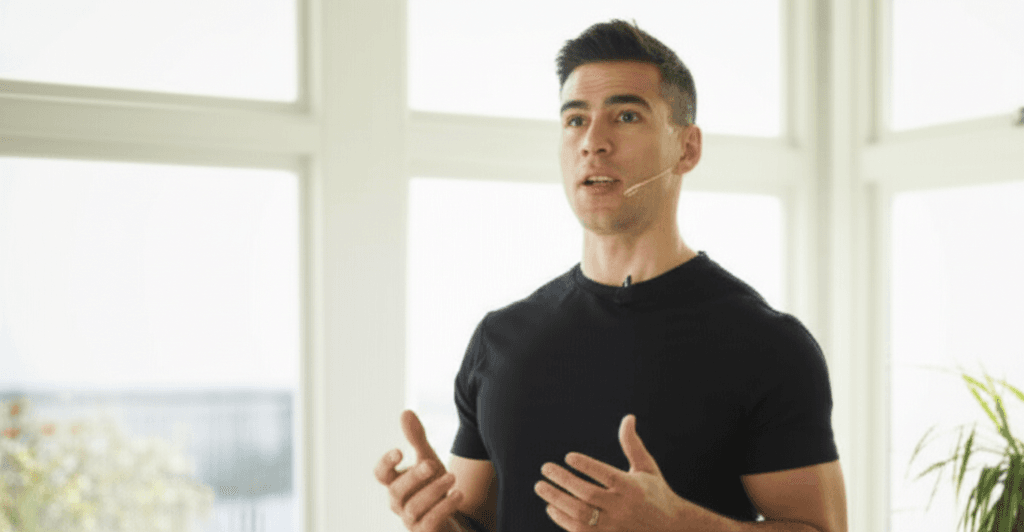
Beyond Movement: Lifestyle Pillars for Lasting Youthfulness
While exercise is fundamental, its effects are amplified when combined with other crucial lifestyle factors.
Nurturing Youth from Within: Anti-Aging Nutrition
What you eat directly impacts how you look and feel. Fitness coaches like Dan Go emphasize the power of specific foods to support cellular health, protect against damage, and naturally slow down the aging process.
- Collagen Boosters: Collagen is vital for skin elasticity and joint resilience. As natural production slows after age 30, foods rich in amino acids like proline and glycine (found in eggs and bone broth) and Vitamin C (grapefruit, other citrus) can help maintain skin firmness and joint comfort. Pumpkin seeds also provide zinc for tissue repair.
- Antioxidant Powerhouses: Fruits and vegetables like blueberries, pomegranates, grapes, and Swiss chard are packed with antioxidants that fight free radicals. These unstable molecules, caused by sun exposure, pollution, and stress, accelerate cellular damage and visible aging signs like wrinkles.
- Omega-3 Rich Foods: Salmon, walnuts, chia seeds, and sardines provide omega-3 fatty acids, which are anti-inflammatory building blocks for cell membranes in the brain and skin. They help reduce inflammation, maintain skin barrier function, and support cardiovascular and cognitive health.
- Gut-Friendly Foods: Garlic, kimchi, asparagus, and sauerkraut support digestion, immunity, and overall vitality, contributing to clearer skin and better mood.
- Hydration: Proper hydration is essential. Even mild dehydration can lead to dull skin and reduced energy. Water, especially with electrolytes after intense activity, keeps your skin supple, joints lubricated, and energy levels high.
Practical Hacks: Blend collagen-boosting proteins with Vitamin C-rich fruits for breakfast. Incorporate antioxidant-rich fruits and vegetables into every meal. Add fatty fish or plant-based omega-3 sources a few times a week. Include fermented foods to support gut health. Drink water consistently throughout the day, adjusting for activity levels.
The Power of Rest: Prioritize Quality Sleep
Sleep is not merely a downtime; it’s when your body performs crucial repair and rejuvenation processes. Adequate and quality sleep is fundamental for memory, heart health, glucose control, muscle function, metabolic health, and mental clarity. Research suggests that adults who get sufficient quality sleep maintain better muscle function and cognitive health. For older adults, resistance training has been shown to significantly improve sleep quality and duration.
Practical Hacks: Aim for 7-9 hours of quality sleep per night. Establish a consistent sleep schedule. Avoid vigorous exercise too close to bedtime, as it can elevate body temperature and interfere with falling asleep. Create a relaxing bedtime routine to signal to your body that it’s time to wind down.
Managing Stress for a Calmer, Younger You
Chronic stress is a known accelerator of the aging process, contributing to oxidative stress and inflammation within the body. Effective stress management is therefore an anti-aging hack in itself. Exercise is a powerful stress reliever, releasing endorphins that boost mood and distracting from daily worries. Rhythmic activities like walking, running, swimming, cycling, dancing, or tai chi are particularly effective in burning away tension.
Practical Hacks: Incorporate stress-reducing practices into your daily life. This can be regular physical activity, mindfulness, meditation, or spending time in nature. Ensure a healthy diet and adequate sleep, as these also enhance your resilience to stress.
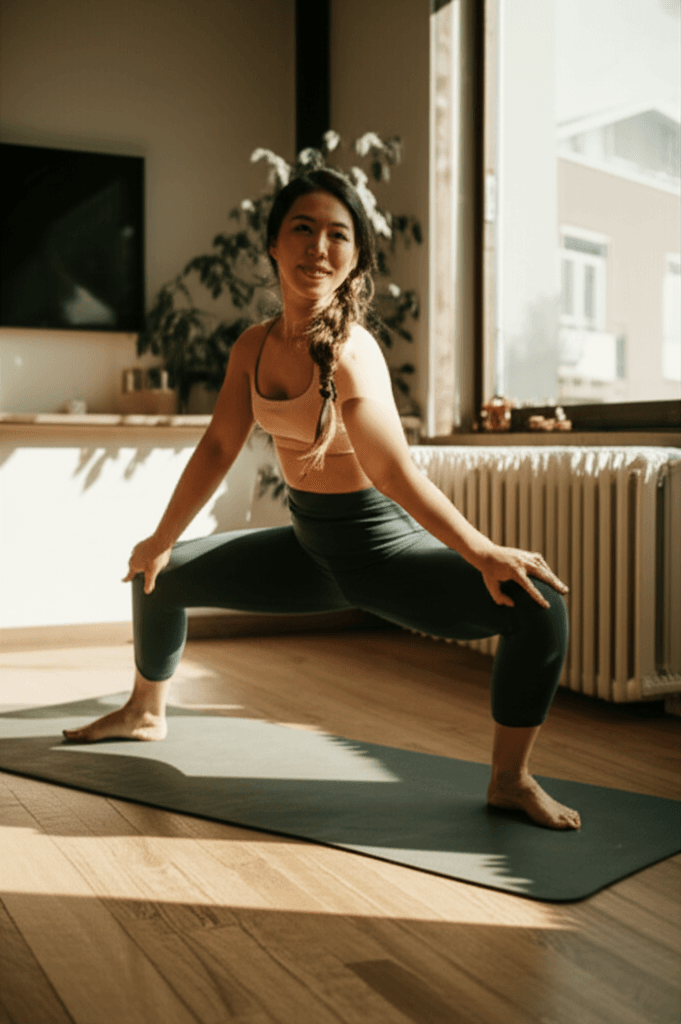
Embracing a Holistic Path to Youthfulness
A truly effective anti-aging strategy isn’t about isolated efforts but a harmonious integration of these lifestyle hacks. A fitness coach’s perspective emphasizes consistency across all domains: regular strength and cardio training, a nutrient-dense diet, restorative sleep, and proactive stress management. By committing to these practices, you can cultivate not just a younger appearance, but a stronger, healthier, and more vibrant self for years to come.

